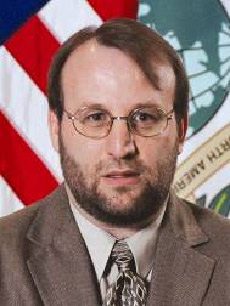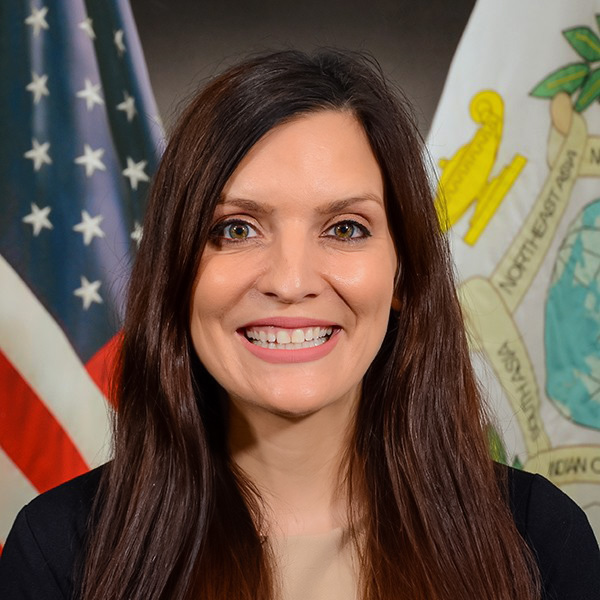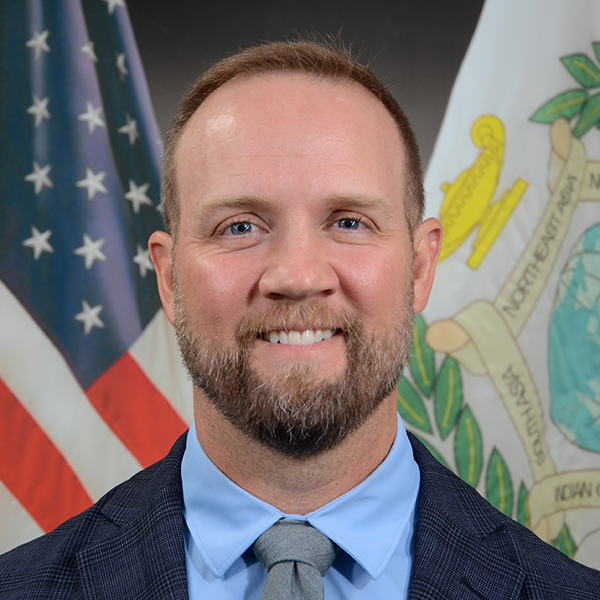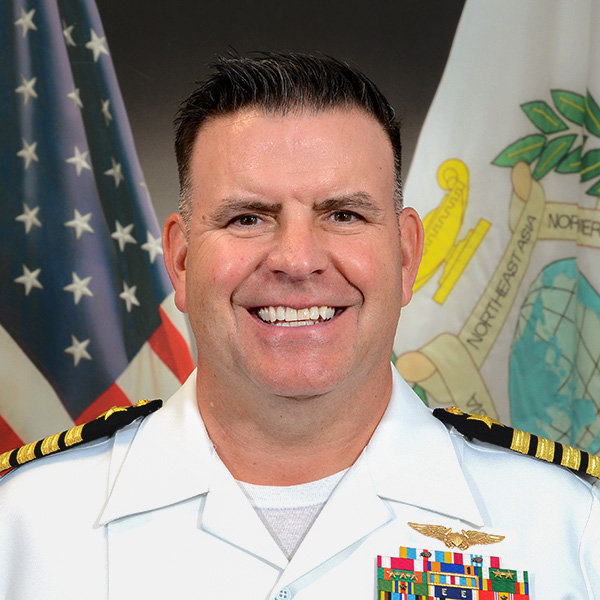Editorial
by David Fouse, Ph.D.
The long and winding road to building a replacement facility for the U.S. Marine Corps Air Station (MCAS) Futenma in Ginowan, Okinawa Prefecture has hit another substantial obstacle with victory of Former Naha Mayor Takeshi Onaga in the recent Okinawa governor’s election. Onaga won a convincing victory over incumbent Hirokazu Nakaima, gaining 360,820 votes, nearly 100,000 more than Nakaima, who received 261,076. Onaga campaigned against the planned relocation and is now well positioned to throw some major kinks into a process that was already scheduled to take another eight to nine years to complete. Although Japan’s central government has stated that the base relocation will go on as planned, Onaga’s firm opposition to the transfer will certainly complicate the issue.
The relocation of the Futenma base is part of a larger bilateral agreement developed by the U.S.-Japan Special Action Committee on Okinawa (SACO) in 1996. SACO was the two government’s response to widespread public outcry in Okinawa following the rape of a Japanese woman in the prefecture by three U.S. servicemen in September 1995. Citizens of Okinawa complained that their prefecture carried a disproportionate share of the burden for supporting U.S. bases in Japan and that in some cases, such as at Futenma, the bases posed a direct threat to the health and well-being of the surrounding communities. In the SACO Final Report, the United States agreed to return approximately 20% of land used for U.S. facilities on Okinawa, including all or parts of a dozen sites. The report specified that handover of MCAS Futenma was contingent on “maintaining the airfield’s critical military functions and capabilities.”
The plan for implementing the SACO agreement evolved over the late 1990s and early 2000s until Washington and Tokyo settled on a “roadmap” in 2006. The 2006 roadmap stipulated that once Japan constructed the Futenma replacement facility at the Henoko site, the United States would relocate roughly 8,000 marines from Okinawa to Guam, about half of the U.S. Marine Corps (USMC) presence then on Okinawa. In 2012, the U.S. and Japan revised the implementation plan to “de-link” the Futenma relocation and the realignment of marines to Guam. This meant that the construction of a replacement facility was no longer a precondition for deploying marines off Okinawa. The 2012 agreement also revised the USMC realignment into a plan called the “distributed laydown”. Under the distributed laydown plan 9,000 marines would be relocated from Okinawa, moving 4,700 to Guam and another 2,500 to Australia on a rotational basis. The remainder would be transferred to Hawaii and the continental United States.
In late 2013 the process of developing the Futenma Replacement Facility (FRF) seemed to have built real momentum after Governor Nakaima approved the landfill permit request to build the new base at Camp Schwab-Henoko Bay. Nakaima dropped his opposition to the relocation project after Prime Minister Abe earmarked more than 300 billion yen ($2.55 billion) for public works projects in the 2014 fiscal year draft budget. The decision was hailed by U.S. Secretary of Defense Chuck Hagel as “the most significant milestone achieved in these realignment efforts so far”. In July of 2014 the Japanese government inaugurated the construction phase of the project and a boring (drilling) survey was initiated in September, the data from the survey to be used in the design phase of the project prior to the beginning of the actual land reclamation.
The recent progress in the project has come despite strong opposition by the local community. The mayor of Nago, Susumu Inamine, is a stout opponent of the plan to relocate the base within a far corner of his city. Inamine was reelected in January, despite strong backing for his challenger Bunshin Suematsu by Prime Minister Abe and the Liberal Democratic Party. A week before the vote the Abe government dangled the prospect of a half-billion dollars in new public works spending for the city, the equivalent of more than $8,000 for each of Nago’s 63,000 residents. Despite eschewing the central government’s largess, Inamine captured 19,839 votes to 15,684 votes for Mr. Suematsu. Mayor Inamine has vowed to block any construction “on land or sea”. The Nago City Council has also formally protested the decision by Governor Nakaima to approve the landfill permit.
Mayor Inamine and the Nago City Council now have a powerful ally in the governor’s office. Immediately after gaining victory Governor-elect Onaga announced that he was prepared to cancel and withdraw permission granted by Governor Nakaima last December for landfill work in Henoko for the new base. To do this he will need to find legal errors in documents submitted by the Okinawa Defense Bureau to the prefecture on the environmental impact to the Henoko bay area from hosting the proposed offshore facility. Environmental activists and some legal experts believe that the central government’s environmental assessment of the area is flawed. Whether or not Onaga is able to find legal grounds for overturning Nakaima’s decision, his power to approve future revisions to the original plan could give him significant leverage over the central government. One revision of the original plan has already been submitted to the Okinawa governor’s prefectural office and may need Onaga’s signature if incumbent Nakaima does not approve it prior to leaving office on December 9. There is also good reason to believe that the first revision submitted to the governor’s office will not be the last, as the Iwakuni land reclamation project required 8 different revisions prior to its completion.
Onaga’s power of approval over revisions to the original plan fits well within the strategy of opponents to the relocation, which has been described as “paralysis by analysis.” Using a combination of administrative delays and legal wrangling they hope to put enough pressure on the Japanese central government, and perhaps the United States, to abandon the base relocation plan. Opposition to the plan in Okinawa caused U.S. Senators John McCain, Carl Levin and Jim Webb to call for a rethink of the Henoko plan in 2011. The senators proposed that the Department of Defense examine the feasibility of moving Marine Corps assets at MCAS Futenma to Kadena Air Base, Okinawa, rather than building an expensive replacement facility at Camp Schwab – while dispersing a part of Air Force assets now at Kadena to Andersen Air Base in Guam and/or other locations in Japan. Onaga’s supporters hope that if he is able to delay construction, powerful members of Congress will pressure President Barack Obama and the Pentagon to consider other options.
The Japanese central government still has a few arrows left in its quiver, as hinted at after Onaga’s election by Japanese Chief Cabinet Secretary Yoshihide Suga. Suga told the press that the government could rethink its plan to earmark at least 300 billion yen ($2.55 billion) annually through fiscal 2021 to boost Okinawa’s economy. Many Okinawans, however, feel that it is time to wean the prefecture off of money contributed to the economy by the central government and U.S. bases, arguing that the development of tourism and other sources of economic welfare will provide Okinawa with a much better quality of life in the long run. If the new Governor is prepared to turn down Tokyo’s generous economic support and delays construction of the new base, the viability of Henoko as a replacement for Futenma MCAS may be called into question.
The views expressed in these articles are those of the author and do not reflect the official policy or position of APCSS, the U.S. Pacific Command, the U.S. Department of Defense, or the U.S. government.
December 2014
-END-











…following a rape of a japanese woman….
Actually, It was a 12 years old school girl who was raped.